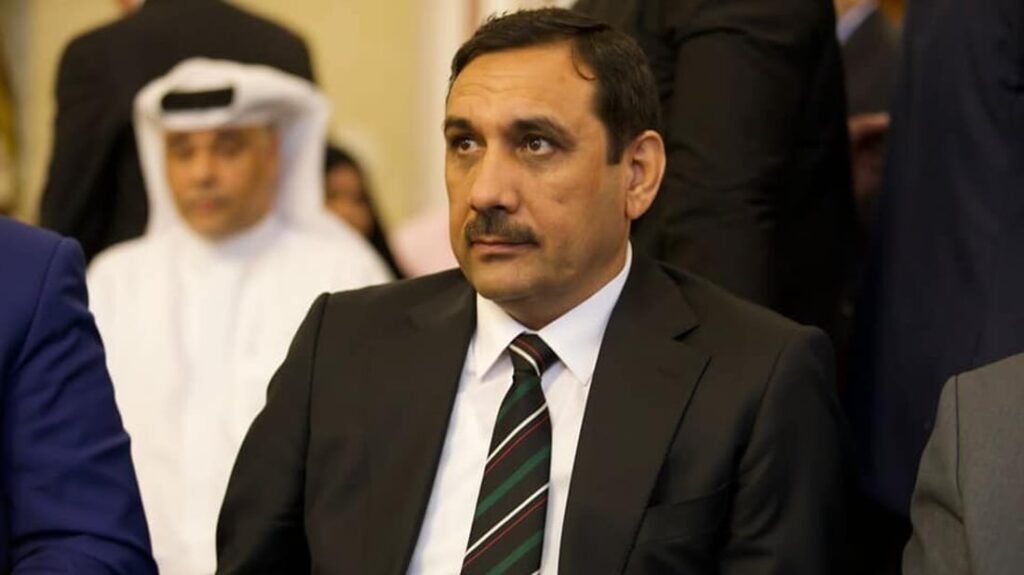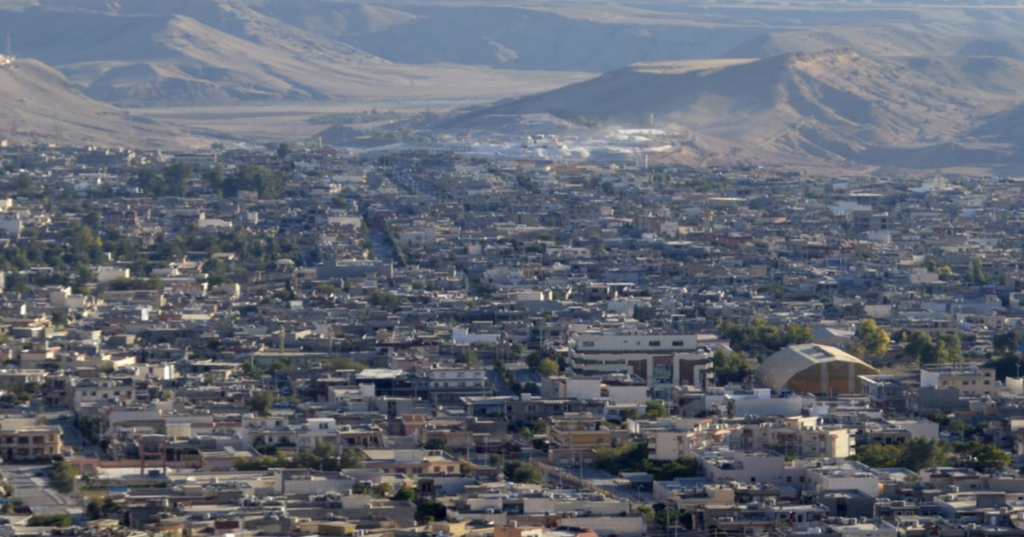Iran might not be able to wait Trump out

John Hannah
Iran’s decision to escalate was no surprise. I wrote about it for Foreign Policy seven months ago—just before President Donald Trump reimposed US sanctions against Iran’s oil exports. At the time, I said that in the coming months the Iranian regime was likely to come under greater stress than at any time since the 1979 revolution, and that as the United States cranked up its campaign of economic warfare and the walls gradually closed in on Iran, the Trump administration should be ready for Tehran to lash out—not via a conventional confrontation with the US military but through hard-to-attribute, asymmetric attacks, most likely using proxies and targeting Washington’s weaker regional allies as much as US personnel and assets. For example: the sabotage Saudi Arabia accused Iran of perpetrating against commercial oil tankers just outside the Strait of Hormuz earlier this month, the drone attacks by Iranian-backed Houthi rebels against critical Saudi oil infrastructure, and the rocket launched near the US Embassy in Baghdad, presumably by a pro-Iranian militia.
With Tehran facing the prospect of a catastrophic collapse in oil exports, the regime’s economic lifeline, it’s obvious that the United States and Iran have entered a new, more perilous phase in their four-decade-old struggle. It’s rapidly dawning on Iran’s leaders that Plan A, their preferred strategy of waiting out the Trump administration, may not be viable. The risks of simply sitting back and absorbing ever more powerful blows from a relentless US sanctions machine for another 18 to 20 months, or even longer should Trump be reelected, have grown unacceptably high.
I’ll admit that it took a bit longer than I expected for the Iranian regime to start unleashing Qassem Suleimani—the head of the paramilitary branch of the Islamic Revolutionary Guard Corps known as the Quds Force. Even after the oil sanctions came back into full force last November and Iran’s exports were rapidly cut in half, the regime largely sat on its hands for six months. It appeared to have initially calculated that wiser move was to be patient, hunkering down and riding out the sanctions until after the 2020 election, when Trump might be replaced by a more accommodating US president—if not impeached and removed from office sooner. Until then, Iran’s leaders seemed to bet that a combination of factors would allow them to continue scraping by economically. Two were paramount. First, that the Europeans, desperate to salvage the Iran nuclear deal, would come up with a credible payment mechanism for financing continued trade with Iran. Second, and even more important, that the United States would keep issuing periodic waivers (as it did last November) to a handful of countries (most importantly China, India, Japan, South Korea, and Turkey) allowing them to continue buying significant quantities of Iranian oil.
Alas, both those bets have failed. As much as the Europeans have bemoaned Trump’s withdrawal from the nuclear deal and reimposition of sanctions, they’ve been powerless to do much of anything about it. No matter how good the mechanism that European bureaucrats may have built on paper for circumventing sanctions, major European companies, banks, and business leaders are having none of it, refusing to take the risk of being caught on the wrong side of a US Treasury designation.
Even more consequential was the United States’ announcement in late April that it would no longer extend sanctions waivers to countries that had continued importing Iranian crude oil. The decision represented a dramatic ratcheting up of the Trump administration’s maximum pressure campaign. The US goal was now to drive Iran’s oil exports to zero, shutting down completely the regime’s most important source of revenue and hard currency. It quickly became apparent that the threat was very real. Japanese and South Korean companies ceased imports immediately. India and Turkey followed suit. By early May, evidence indicated that even major Chinese energy firms had suspended purchases from Iran.
Almost overnight, Iran’s economic prospects went from dire to disastrous. The Iranian economy was already forecast to shrink by up to 6 percent in 2019, with inflation raging and the currency having lost almost two-thirds of its value. The US push to end all oil sales now threatens to tip the economy into a death spiral unlike any the regime has experienced before—and all at a time when by many accounts its legitimacy in the eyes of the Iranian people has eroded substantially
Its back increasingly against the wall, the Iranian regime can no longer afford to wait Trump out. It needs a way out of its growing dilemma—a Plan B that might slow down the sanctions juggernaut that threatens to crush it. Not surprisingly, its first resort has been to go to its strength: the tried and tested playbook of calibrated terrorism, sabotage, and proxy warfare, together with renewed threats to ramp up its nuclear program. By undermining its weaker neighbors, spooking oil markets, and raising the specter of another costly war in the Middle East that everyone, including Donald Trump, is desperate to avoid, the Iranians are hoping to force the United States to back off its maximum pressure campaign.
The Trump administration’s challenge is to demonstrate that Iran’s Plan B, escalation, will be as much of a dead end as was Plan A, running out the clock. Through its recent force deployments to the region and threats to respond aggressively to Iranian-backed attacks on US interests, the administration is hoping to deter Iran from testing it. But as the Revolutionary Guard’s recent probing actions in the Gulf, Yemen, and Iraq attest, managing deterrence against an adversary like the Quds Force that operates in the shadows using proxies, terrorism, and other asymmetric means is far easier said than done. The United States will need its own broad menu of punitive responses, the will to implement them, and the skill to contain unwanted escalation. Further economic sanctions, cyberattacks, covert operations, and limited air and missile strikes against Revolutionary Guard assets should all be considered part of the suite of US retaliatory options.
The risks of a broader conflagration must of course be taken seriously and guarded against. But it should be said that war is far from inevitable should the United States need to respond militarily to Iranian provocations. Israel has attacked hundreds of Iranian targets in Syria over the past two years, probably killing scores of Iranian troops in the process—all without triggering a wider war. It’s clear that Iran’s regime has no interest in getting into a major conflict with Israel, much less with the United States, which has the most powerful military in the world. Should a conventional conflict start, the US ability to retaliate would be overwhelming. Iran’s leaders know it and almost certainly want no part of it. Trump’s jarring tweet that war would be “the official end of Iran” may have been inartfully crafted, but the basic equation it put forward—that such a conflict would inflict infinitely higher risks and costs on the stability and security of Iran than of the United States—is surely not lost on those responsible for the Iranian regime’s survival.






